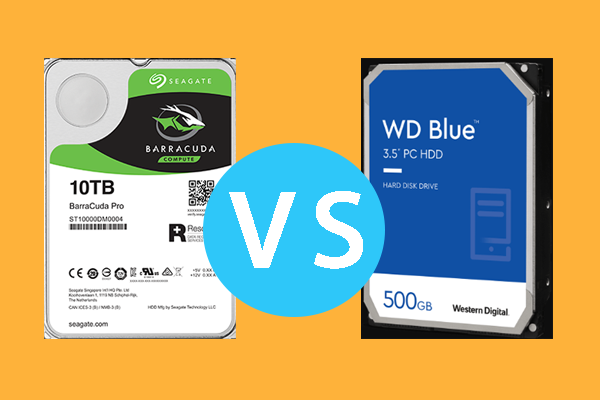
They also tend to generate less heat inside the computer case and to consume less energy than HDDs. SSDs, instead, use flash memory.įor this reason, SSDs are much faster. Inside the hard drive, there's also an I/O controller that communicates with the other components of the computer system. A motor spins the plates while an actuator arm reads and writes on them. HDDs use platters to perform their essential functions. The most common hard drive interfaces are PATA, SATA and SAS. Whether you have a laptop or a desktop computer, there are several types of hard drives to choose from.

Frequently SCSI connections may be found in higher-speed disks, up to 15000 RPM.Ĭomputer hard drives contain all the data in your PC, from the operating system to music, movies and video games. They are used on 3.5-in SATA hard disks for desktop and server computers and 2.5-in disks for laptop or small computers.Īctually a variety of interfaces ranging from Narrow SCSI at 40Mb/s to Ultra-640 SCSI at 5120Mb/s may be substantially more expensive than other connections, but it offers a wider range of connection and device possibilities. With the introduction of SATA, convention ATA is sometimes called Parallel ATA (PATA), which refers to the method in which the data travels over the wires.Ĭonnectors and Cables are the same for either generation. SATA cables are less expensive and more compact than for ATA. In practice, some older SATA controllers do not properly implement SATA speed negotiation. SATA 3.0 Gbit/s is designed to fall back to SATA 1.5 Gbit/s when in communication with these older devices. This feature, Native Command Queuing (NCQ), was adopted as an optional supported feature for SATA 1.5 Gbit/s and SATA 3.0 Gbit/s devices. Soon after SATA 1.5 Gbit/s introduction a number of shortcomings were observed. They can communicate at up to 133 MB/s.įirst-generation SATA interfaces, also known as SATA/150 or unofficially as SATA 1, communicate at a rate of 150MB/s or 1.5 Gbit/s. Whether you call it "Advanced Technology Attachment" or "Integrated Drive Electronics", the name given to it by Western Digital, this connection method has the drive controller integrated into the drive, rather than connected to the motherboard. Please see our Internal Hard Drive Buying Guide for more information.

The hard drive interface, whether it's IDE, SATA, or SCSI determine a drive's application: IDE and SATA for personal storage and SCSI for enterprise and mission critical storage. A higher capacity drive will invariably cost more than a smaller drive, so a balance must usually be struck between capacity and cost. The capacity, measured in GB (gigabytes), should depend on your own storage requirements. A faster rotational speed means greater performance, especially in games, but may cause greater heat and noise. Typical drives range from 5400 to 7200 ROM, with more and more 9600 RPM drive appearing on the scene. Speed of data access is measured using RPMs (revolutions per minute). Whether you call it a Hard Drive, a Hard Disk, or an HDD, budget permitting, always go for the fastest drive you can. There are a few main things to consider when selecting a hard drive: internal or external hard drive, connection type, speed and capacity. You'll want to choose a drive which is optimized for your primary purpose. On it rests the documents you create, the music you listen to, the games you play and the video you view. There is nothing wrong with installing games/programs on an external drive, although if you are going to do so, get an external drive that contains a 3.5" drive and requires mains power, don't get a 2.5" unpowered one, they are best kept as backup devices.Hard drives are the central storage device for data on your computer. USB 3.1 has a maximum transfer limit of 1,250MBs and the Samsung T5 (an external SSD) has claimed transfer speeds of around 540MBs

#NAS VS EXTERNAL HARD DRIVE SPEED PC#
My WD Black 7200RPM 3.5" drive inside my PC has a sustained transfer of about 280MBs My 4TB WD MyBook which takes power from the mains and contains a WD RED 5400RPM 3.5" drive has sustained transfer speeds of around 170MBs My 1TB and 2TB external Sammy M3's which take their powered from the USB port and contain Seagate 5400RPM 2.5" drives have sustained transfer of around 100MBs. External drives are often cheaper as unlike a retail bare drives they usualy only have a 1 year warranty, it is not uncommon for people to buy an external drive and strip the HDD out to fit inside their PC as it works out much cheaper, if this is done however you will invalidate the warranty.


 0 kommentar(er)
0 kommentar(er)
